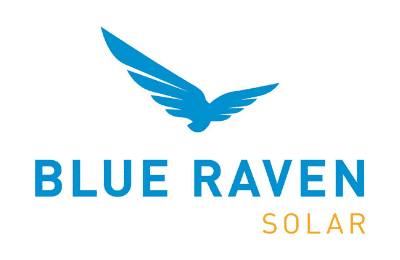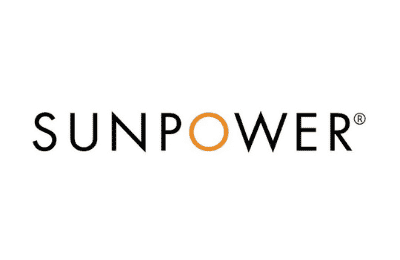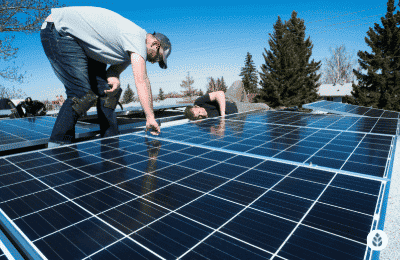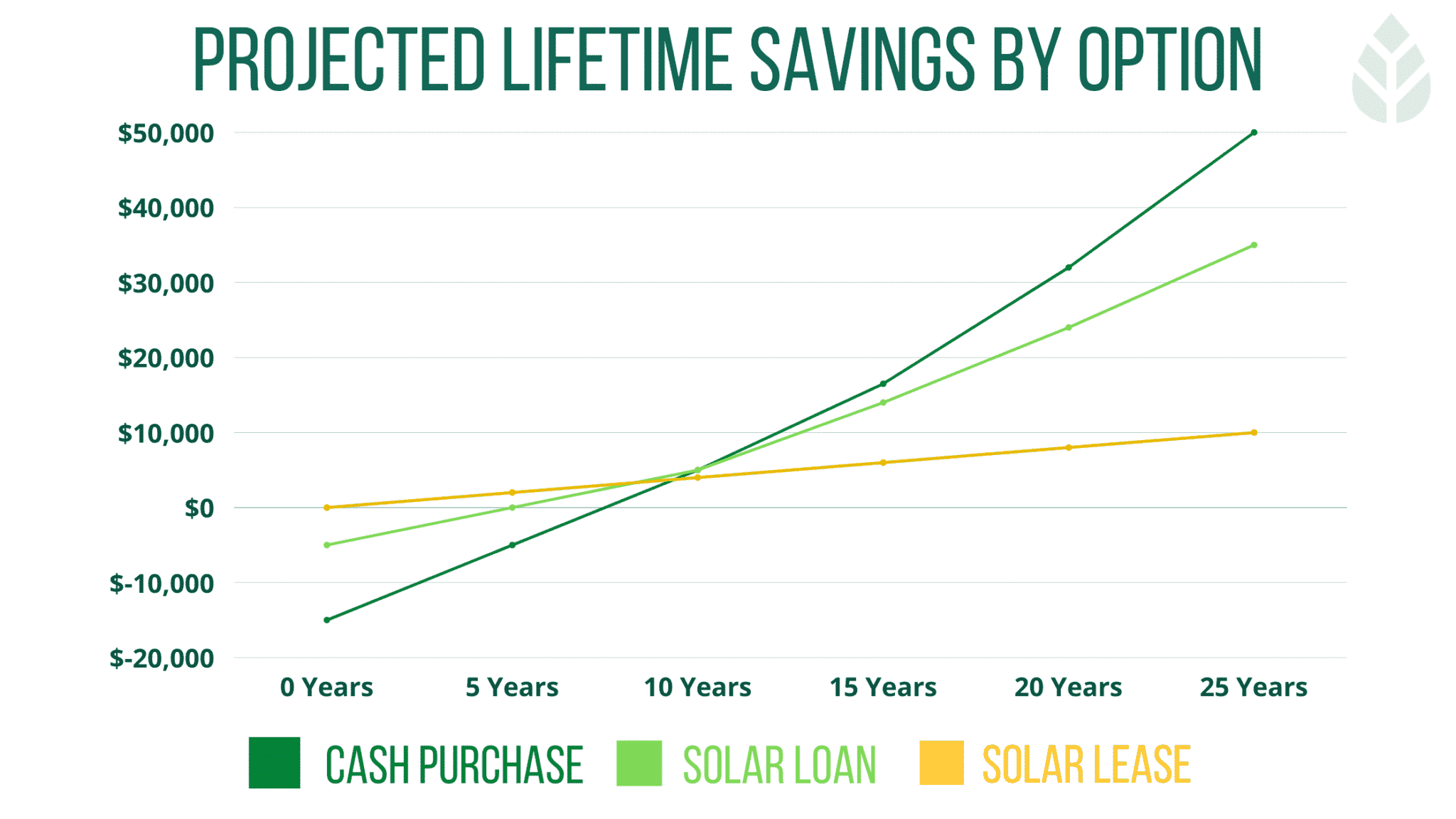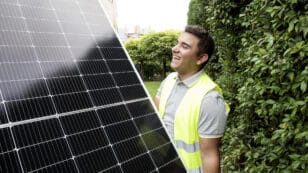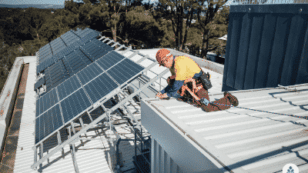
Is Solar Worth It in Illinois? (2024 Homeowner's Guide)
In this guide, you’ll learn:
- How can Illinois homeowners determine if solar is worth it?
- What are the main benefits of solar panels in Illinois?
- What should Illinois homeowners look out for when going solar?
Each product and or company featured here has been independently selected by the writer. You can learn more about our review methodology here. If you make a purchase using the links included, we may earn commission.
Is Illinois Good for Solar Energy?
Illinois is currently ranked 15th in the country for solar friendliness and adoption of this renewable energy source.1
Overall, going solar is worth it for most homeowners in the area, and the rapid growth of solar in IL will only increase the likelihood that you’ll save money by converting to clean energy. Most Illinois residents pay around $25,800 for solar panels before any incentives, and the average homeowner saves approximately $21,699 after the system pays for itself. Installation expenses are lower than the national average, and the average electricity rate in the region makes solar adoption a great investment for most Illinoisans.2
Below, you’ll find information on how to determine if solar panels would benefit you and your home, the benefits you’ll enjoy when you go solar in Illinois and some things to consider leading up to and throughout the conversion process.

Blue Raven Solar
Pros
- Industry-leading in-house financing
- Competitive pricing
- Excellent reputation
Cons
- Doesn't offer solar batteries (coming 2022)

Sun Badger Solar
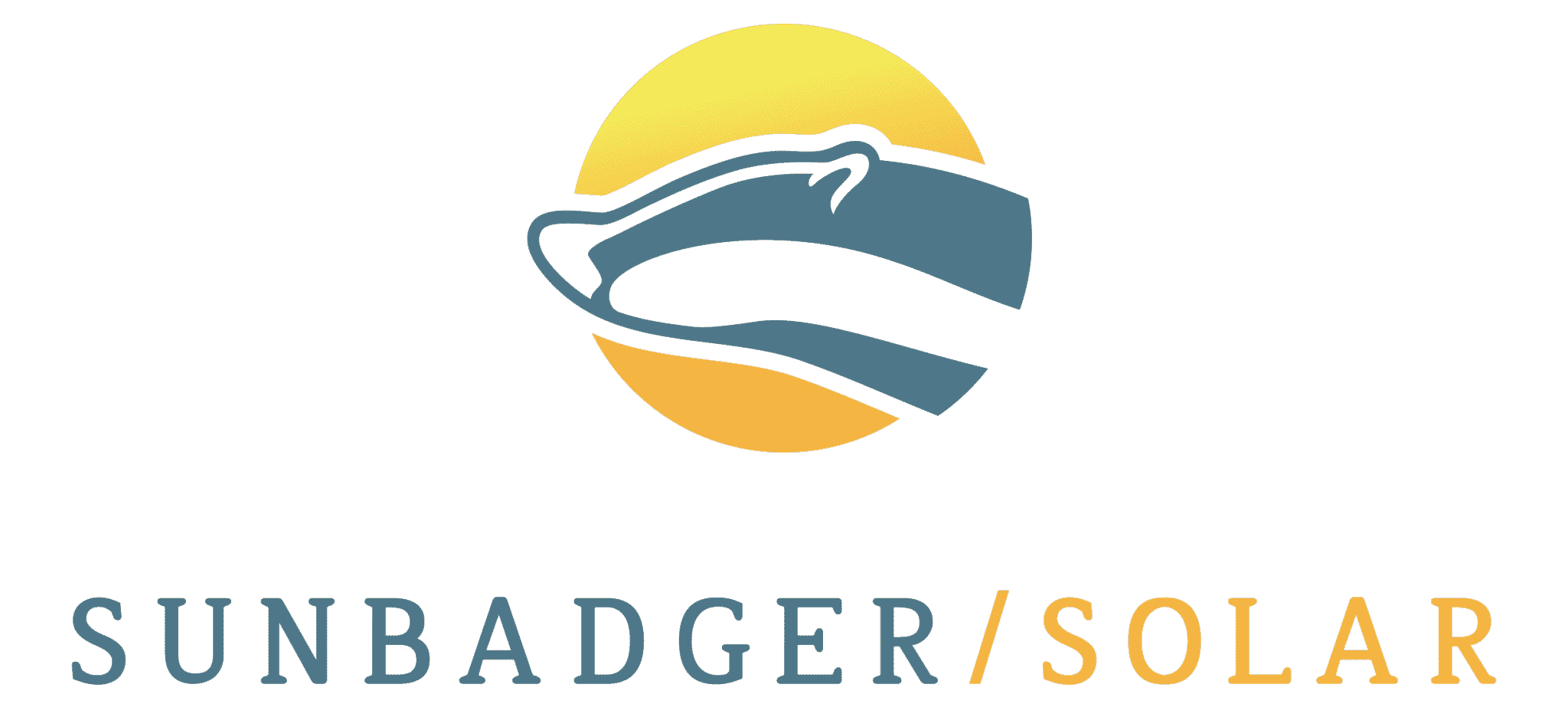
Regional Service
Average cost
Pros
- Offers products from leading manufacturers
- Competitive pricing
- Offers rewards for customer referrals
Cons
- No leases or PPAs
- Relatively young company
Watch Below: Learn How Much This Homeowner Paid For Solar and If It Was Worth It
How Can You Figure Out if Solar Panels are Worth It in Illinois?
While a properly sized solar panel system will save most homeowners in IL money, that doesn’t mean it’s necessarily right for your home. Deciding if going solar is a good investment for you will depend on several factors, which we’ll discuss below.
- Your home’s energy use
- Cost of going solar in Illinois
- Average payback period in Illinois
- Average buy-back rates in Illinois
- Your roof’s exposure to the sun
- Solar outlook in Illinois
Your Home’s Electricity Consumption
Solar energy systems are sized based on your average monthly energy needs to ensure that the panels will produce enough power to offset the price of electricity.
Generally speaking, solar panels are really only worth it for homeowners who use at least 500 kilowatt-hours every month, on average. Most homes in Illinois consume around 721 kWh, making solar a good option for most residents.
However, if you have energy needs that are well below average, you might want to rethink installing solar panels or at least understand that your return on investment will be lower over time.
You can determine your monthly energy consumption by checking your past electric bills for your consumption history.
Cost of Going Solar in Illinois
The price to install solar panels in Illinois depends on several factors, including your monthly energy needs, the size and efficiency of your home, the direction your roof faces, shading on your property and more.
The average home in Illinois requires a 7.5-kilowatt system, which is much smaller than the average in the country. At a local average per-watt price of $3.44, that’s a typical total of $25,800. While this might seem like a lot, it’s about $4,000 lower than the national average.
Solar panels provide more value when electricity rates are high. Illinois residents pay around 14.90 cents per kilowatt-hour, which is just below the national average rate. Given the low price of solar equipment and the average energy rates, many homeowners in the area will find that solar is a worthwhile investment.
Average Solar Payback Period in Illinois
If you buy or finance your solar panels, the likelihood is that they will pay themselves off well within their lifespan. The time it takes for you to pay off your solar panels and start enjoying savings is called the solar panel payback period.
In Illinois, the average payback period is around 12 years, with most residents falling between 9 and 15 years. This is right in line with the national average.
If you use a solar calculator and find that your payback period is estimated at more than 15 years, solar might still save you money in the long run, but it will take you longer than average to see a return on your investment. Still, given the average lifespan of panels is at least 25 years, the chances are good that you’ll still enjoy savings over time.
Average Solar Buy-Back Rates in Illinois
Many states have mandated net metering policies, which require local utility companies to purchase any energy your panels produce above and beyond what your home uses. Through interconnection, you can route energy you don’t use to the grid and get compensated for it, usually to offset any energy you pull from the grid when your panels underproduce — like at night or on cloudy days.
Illinois has an excellent net metering program that requires electricity providers to buy back overproduction at the full retail rate, which means you’ll be compensated for excess energy at the same price you pay for incoming energy. This policy makes solar panels far more valuable in Illinois, increasing the return on investment you’ll likely see over the lifespan of your solar energy system.
Your Roof’s Exposure to the Sun
Solar panels will only produce energy when they’re exposed to direct sunlight.
Illinois receives an average of 198 sunny days per year, which is just below the national average of 205 days. While the state as a whole receives enough sunlight to make solar worth it, there are a few individual factors that you should consider before deciding if solar is right for you.
For example, any shading on your roof will make your system less efficient and reduce your expected return on investment. Similarly, roofs that aren’t angled toward the sun’s path in the sky will be less efficient overall. South-facing and west-facing roofs are best, and those that face north and east will likely not be right for solar panel installation.
You can check with a reputable solar installer in your area if you’re unsure if your roof receives enough sunlight to make solar worth it.
Solar Outlook in Illinois
Illinois’ Renewable Portfolio Standard (RPS) goals have made solar panel systems quite popular throughout the state, with residential solar installations quadrupling since 2019.3 Community solar and commercial solar installations have also increased over the past few years.
The industry in Illinois is only expected to grow, with a projected growth of 1,700% in the next five years. There has never been a better time to go solar in IL.
What Are the 4 Main Benefits of Solar Energy in Illinois?
Given that the average expense to install solar panels in Illinois is just under $26,000 — before the federal solar tax credit — many homeowners will understandably want to know what benefits they’ll enjoy and how their investment will deliver a return over time.
Below, we’ll discuss all of the upsides to installing solar panels in the area.
- Electricity bill savings
- Lower taxes and access to other incentives
- Increased home value
- Eco-friendly
Electricity Bill Savings
Most importantly, solar panels will generally help you reduce or even eliminate your electric bills.
With the average Illinoisan paying around $107.43 per month for electricity, that’s a potential annual savings of $1,289 every year your solar panels produce energy.4 The typical Illinois homeowner will experience a reduction in energy bills that pays back the system expense in around 12 years on average, after which the reduced energy rates will just be savings.
These savings will only increase going forward, as electricity rates have only gone up over the past decade and are expected to continue to increase. Going solar helps you lock in your per-kWh rate for around 25 years or more, which can help with long-term budgeting.
Lower Taxes & Access to Other Incentives
The federal and state governments provide solar incentives for Illinois homeowners to push them to adopt solar energy. For example, the federal solar investment tax credit (ITC) provides a credit to your federal income tax liability in the amount of 30% of your system expense.5
In Illinois, the average credit is $7,740, bringing the effective total for solar down from $25,800 to $18,060. Homeowners in the area also have access to solar renewable energy credits (SRECs), which you can accrue for every 1,000 kWh your panels produce. You can then sell the SRECs you earn for an average of $73 each in Illinois.
Below are some additional state incentives:
- Illinois Solar for All Program: Incentive for low-income households to go solar
- Net metering: Helps offset energy fees with overproduction
- Solar Property Tax Exemption: Prevents property taxes from increasing following solar conversion
- ComEd Solar Rebate: $250/kWh rebate for ComEd commercial customers
Home Resale Value Increase
Many homeowners don’t realize that installing solar panels boosts home value. According to data from Zillow, the average property value will increase by around 4.1% after solar conversion.6
In Illinois, where home value averages approximately $249,224 at the time of publication, that comes out to a typical value bump of $10,218.7 With an average system investment of $18,060 after the ITC, the increased home value reduces the effective expense of going solar by around 60%.
It’s important to note that this value increase is only expected for solar customers who use a cash purchase or solar loan to acquire their panels. Solar leases and power purchase agreements (PPAs) will not cause home value to go up.
Clean, Renewable Energy
Of course, homeowners who care about the environment will also benefit from reducing their carbon footprint and their negative effect on the world around them. Installing solar not only lets you tap into clean energy, but it also helps you become less dependent on your utility company and fossil fuels as a whole.
You’ll be able to reduce air and water pollution and help fight climate change, all while enjoying lower energy fees.
What Should Illinois Homeowners Look Out For When Considering Solar?
When deciding whether solar panels are right for your Illinois home, there are a number of things you should consider. We’ll discuss some crucial information below that will help you make the right choice, have the best installation experience possible and plan for your future in clean energy.
- Upfront fees
- Payback periods
- Net metering policies
- Outlook on solar policies and incentives
- Weather and climate
- Companies that push financing options that don’t help you maximize your ROI
Upfront Fees
The upfront fees of solar panels will always be important for all homeowners, especially since solar panels routinely require an investment of tens of thousands of dollars. It’s wise to consider how the total for your system fits within your budget, how you’ll pay for the equipment and labor, and whether the long-term savings make the large upfront fees worth it for you.
Payback Period
As mentioned above, the average Illinois homeowner will find that their panels pay for themselves within about 12 years, or anywhere between 9 and 15 years, depending on some individual factors.
If your estimated payback period is higher than 15 years, solar will likely still save you money, but you should go into the conversion process knowing that it will take you longer to recoup your money. Your return on investment overall will also be a bit lower than average.
Net Metering Policies in Illinois
Illinois mandates net metering, and the state requires all local utility companies to buy back excess energy you produce at the full retail rate. This is great news for IL homeowners, as it helps offset and eliminate electric bills.
Still, policies are subject to change and vary between electric companies, so be sure to check the policy that applies to you.
Pending Policies & Changes to Incentives
Just like net metering policies can change, so can solar tax incentives and other programs mentioned above. The solar industry is rapidly advancing, so additional incentives could be put in place by the time you’re ready to commit to solar.
It’s best to do your research beforehand so that you know exactly what incentives, rebate programs and other benefits are available to you.
Weather & Climate in Illinois
Solar panels work best in areas with intense and direct sunlight, which typically means that states near the equator are best suited for solar installations. However, northern states like Illinois can still benefit from solar conversion, especially for homes with south- and west-facing roofs.
Some homeowners in Illinois worry that their panels won’t produce sufficient energy during the cold winters or when thunderstorms, rain and cloudy days reduce the available sunlight. In reality, electricity flows more quickly in the cold, which means efficiency won’t be terribly reduced in the winter.
Rain will naturally reduce efficiency, but it can also clean dirt and debris off of your panels that obstruct sunlight, ultimately keeping your panels clean and maximizing energy production when it’s sunny.
Companies Pushing Solar Leases or PPAs
Finally, you should be on the lookout for companies pushing solar leases, power purchase agreements (PPAs) or “free panels,” which are never really free. With solar financing options being more plentiful and accessible than ever before, solar leases are not a great option anymore.
Leases don’t increase your home value, take much longer to pay off (if you can pay them off), provide a lower ROI overall, and don’t let you take advantage of the ITC and other solar incentives.
You should also be on the lookout for disingenuous solar companies, which will undoubtedly pop up in Illinois with the surge in demand. Recently, ComEd and the BBB worked together to inform Chicago homeowners of solar scam companies that were going door to door offering free panels, claiming affiliation with local energy companies, and committing burglary, identity theft and other crimes.
You should only agree to work or speak with reputable solar installers in your area and always be on the lookout for potential scams.
So, Will Solar Be Worth it for Your Illinois Home?
Given the average solar panel payback period of 12 years in Illinois, the below-average price of solar equipment and the average price of electricity in the state, most homeowners in the area will find that converting to solar is a sound investment. However, it’s not ideal for everyone.
You’ll need to consider many factors to decide if solar is right for you, including your monthly energy consumption, shading on your property, the direction your roof faces and much more. Thankfully, a quick conversation with a solar installer can help you determine if solar is likely to provide you with a good return on investment.
You can even factor in your estimated interest rate and upfront fees, plus the total price of going solar, which you can get from a reputable solar installer in your area. We strongly recommend starting your decision-making process by contacting a vetted Illinois solar panel installation company.
See also: Calculate the costs and savings you can get from installing solar panels
Read More About Going Solar in Illinois
- What Illinois Solar Incentives and Rebates Are Available in 2022?
- Best Solar Companies in Illinois
- What is the Cost of Installing a Solar Panel System in Illinois?
- Homeowner’s Guide to Solar Panels in Illinois
The cost information presented in this article is derived from a comprehensive analysis, incorporating data from multiple industry sources. The average cost per watt per state was calculated based on figures from Consumer Affairs, Energy Sage, and Berkeley Lab’s Electricity Markets & Policy Department. Additionally, monthly energy consumption and the average monthly cost of electricity were sourced from the U.S. Energy Information Administration, ensuring a well-rounded and accurate representation of the information presented.
FAQ: Is Solar Worth It in Illinois
The EcoWatch team gets lots of questions from Illinois homeowners about the process and benefits of going solar. Below are some of the questions we see most often from homeowners in your area. If you have specific questions that aren’t answered here, reach out to our team of solar experts at solar@ecowatch.com.
The average solar panel payback period is 12 years in Illinois, with most homeowners breaking even somewhere between 9 and 15 years. However, your payback period can vary quite a bit depending on many factors, including the total expense of the solar power system, your energy consumption, your electricity rates, and more. You can contact a reputable solar company to help calculate how long it will take to pay off your solar panels. A period over 15 years will mean it will take longer than normal to see a return on investment.
In most cases, yes! An appropriately sized photovoltaic system in Illinois can save homeowners an average of $107.43 per month on electricity bills, or around $1,289 per year. It takes an average of 12 years for these energy bill reductions to pay off your system, and the remaining 13+ years of system life will save you that much annually, on average.
Yes! Provided you purchase or finance your solar panels, they will bump up your home value. Research from Zillow suggests that the typical property value increases by about 4.1% after solar conversion, which comes out to an average value bump of $10,218 in Illinois at the time of publication. The state also provides a property tax exemption for solar equipment, so your property taxes won’t go up even though your assessed value will.
Yes, permits are mandated for solar panel installation in Illinois. Although permitting seems like an unnecessary formality, permits help ensure that your system is connected to the electric grid safely and that your house can support the weight of your home solar project. Most reputable solar panel installation companies will handle permitting for you, so you don’t have to worry too much about the process.
It is possible to complete a DIY solar panel installation in Illinois, but it’s not recommended, even for experienced DIYers. Solar installation is a delicate and potentially dangerous endeavor that could end up setting you back thousands if you make a mistake. As such, we strongly recommend contacting a reliable and experienced solar company to handle the work for you.
Top Solar Installers in Illinois Cities
Comparing authorized solar partners
-
- Industry-leading in-house financing
- Competitive pricing
- Excellent reputation
- Doesn't offer solar batteries (coming 2022)
A+Best Solar Financing2014Trina Solar, Canadian Solar, SolarEdge, Silfab, SunPower25-year manufacturer warranty; 10-year workmanship warranty, 2-year production guarantee
Having trouble deciding? Click below and use our process to receive multiple quotes instead:

 233k
233k  41k
41k  Subscribe
Subscribe 
